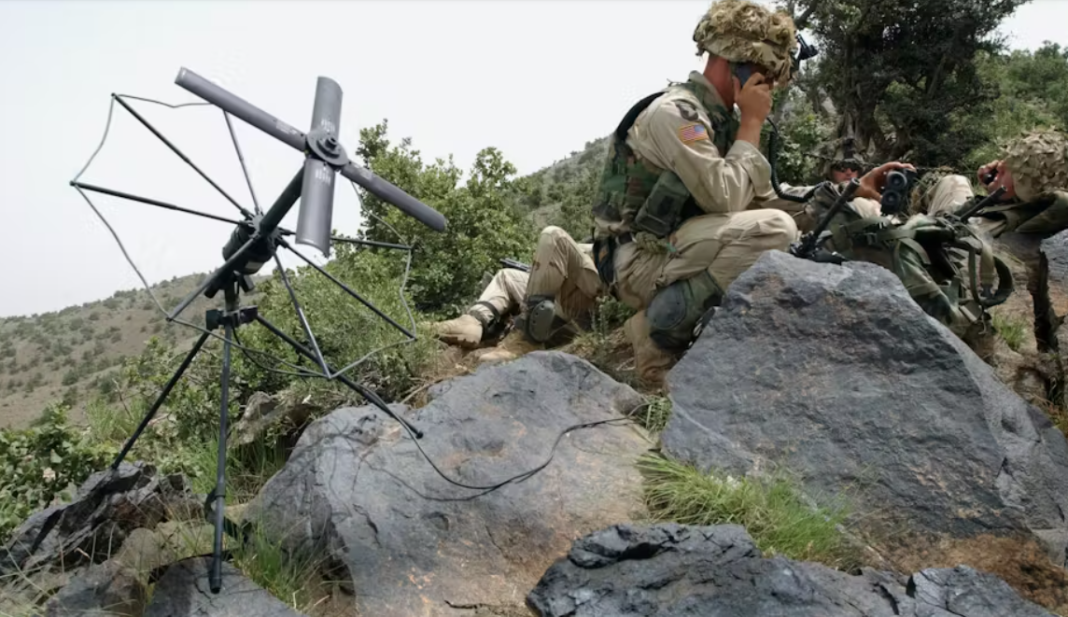U.S. military researchers are asking industry for new ways of using local vegetation to help detect, locate, and classify the presence of chemical agents.
Officials of the U.S. Defense Advanced Research Projects Agency (DARPA) in Arlington, Va., issued an Exploration Announcement (EA) last week for the eX Virentia (eXVi) Phase 0 project, which essentially seeks to use plants as chemical agent sensors.
Unmodified vegetation
The eX Virentia (eXVi) project seeks to use the external observable response of local unmodified vegetation as a proxy sensor to chemical exposure, using local sensing tools and remote sensing systems.
This will require an understanding of the complex relationships between observable plant responses to the internal metabolic response of xenobiotic chemical uptake and the implicit variability of the organism within its environment, DARPA researchers say.
The eXVi project will focus on studying internal and external effects using techniques such as metabolomics, proteomics, predictive modeling, 3-D imaging, imaging spectroscopy, and other methods.
Developing the ability to use local, unmodified vegetation as a witness and reporter to chemical exposure activity could create new approaches to understanding the sources and impacts of chemical contaminants.
Potential sensors
The objective is to understand the potential of using vegetation as a sensor across varied relevant environments and chemical exposures, and makes no assumption that vegetation species will provide an observable, predictable, and distinct response to varied chemical stressors.
Goals are to valuate the validity of the null or alternate hypothesis and their boundaries; develop ways to evaluate and use observable plant responses to chemical stressors; and develop ways to understand the response across global plant species and chemical agents. Ultimately, the eXVi program seeks to determine if natural unmodified vegetation can or cannot indicate chemical exposure.
The program revolves around four questions: are there external observable changes in the physical, biochemical, or spectral features of vegetation response to chemical exposure; can the internal mechanisms of the vegetation response be identified and modeled and predicted; is the observable response definitively indicative of the cause in the natural environment; and is the change in external physical features similar across similar species.













